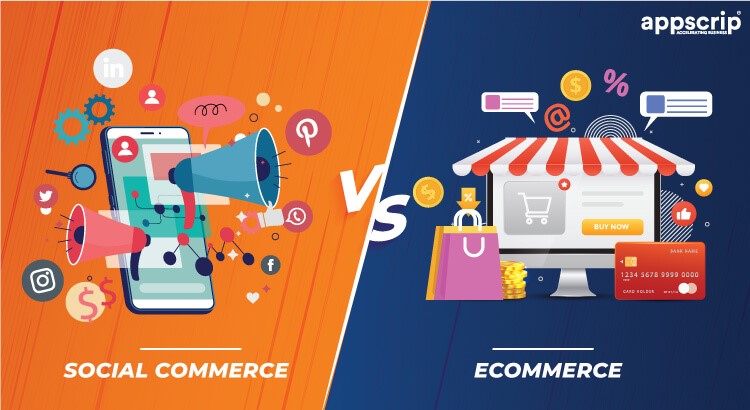
Digital stores have quickly, completely replaced brick-and-mortar establishments for many especially after prolonged COVID-19 lockdowns in many economies.
In the age of digitization supplemented by the realization of its convenience, customers increasingly expect a seamless, interactive online experience to help them better understand the product without being able to physically engage with it.
Other added facets of the online shopping experience that needs to be suited to buyers are the payment options and delivery of goods.
To better understand the strategies and systems behind the transition from offline to online selling streams and the continuous evolution that supports the growth of digital storefronts based on consumer demands and needs, let’s look at some basic terms and their definitions.
E-commerce
E-commerce is simply the practice of selling products online; it includes functional aspects of an online store such as web hosting, supply-chain management, payment collection, transaction history, inventory management and delivery systems.
As, over the years, most product-oriented and retail businesses have established online selling streams and many rely solely on online multi and omni-channels to generate revenue. Considering the stakes of such heavy dependence on clicks in place of bricks, simply setting up an online store and stocking inventory is not enough.
Digital Commerce
While e-commerce itself focuses on setting up and running operations, digital commerce aims to create an engaging experience for the buyer.
To encourage customers to engage without your platforms and products online, it is essential that you provide a seamless self-servicing experience.
Analytics, promotional content, customer acquisition and retention techniques and most importantly, customer experience at every single touchpoint, are all part of digital commerce strategies.
These strategies can include ensuring:
- Relevant, currently placed and high-quality imagery
- Omni-channel, user-friendly experience
- Consistent content and design
- Added value, product-driven approach for brand recognition
- Personalization
Function vs. Culture
Once online channels have been set up and an e-commerce platform for your brand has been developed, it is time to focus on the appropriate tools to connect with the target audience. Unlike e-commerce, digital commerce requires constant revamping
Social Commerce
Not to be confused with social-selling, which is building a network on social media platforms to shortlist potential clients, social commerce is more interactive than e-commerce by provisioning for a purchasing portal within social media platforms; from click to courier, everything is consolidated as part of social media experience. Added features of social commerce include the ability to interact with your friends and followers for suggestions and recommendations, share your cops and interact on a public forum to discuss right buys.







